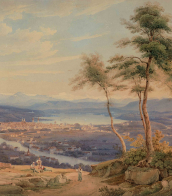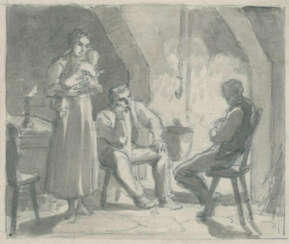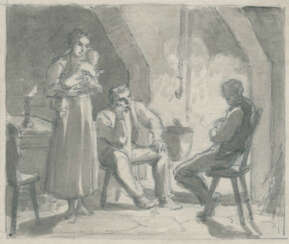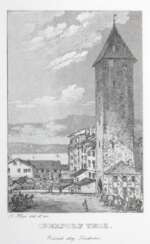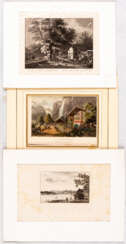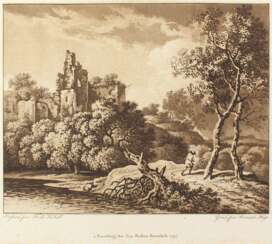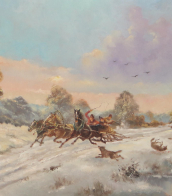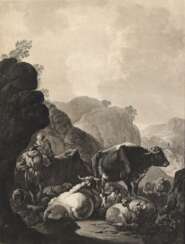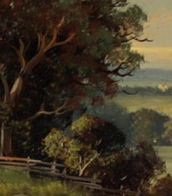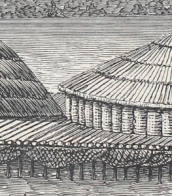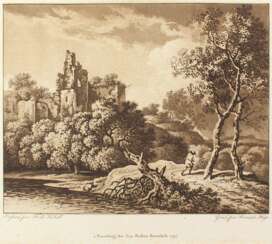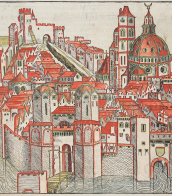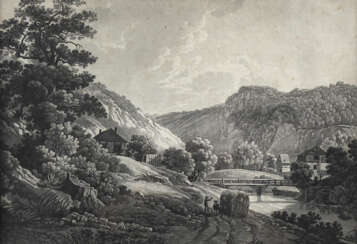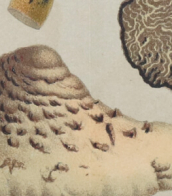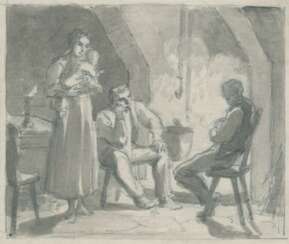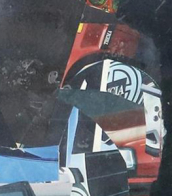franz hegi (1774 - 1850)
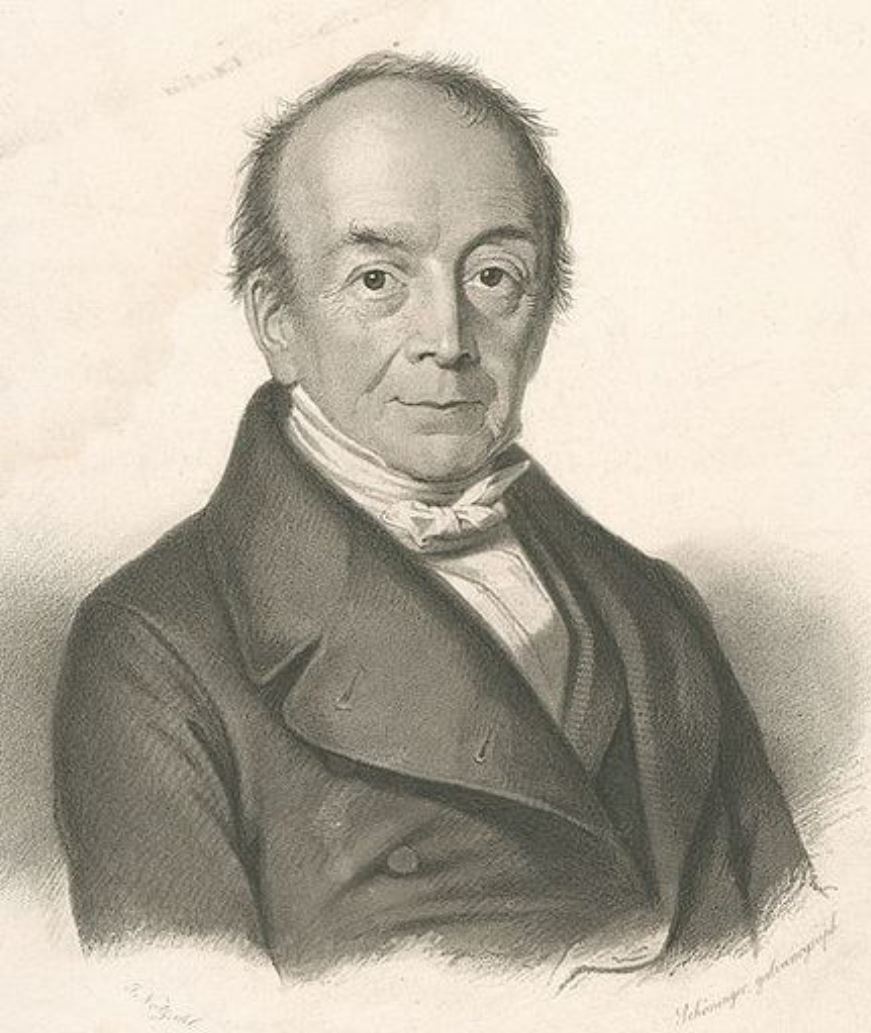
Franz Hegi was a Swiss painter and engraver.
The young artist Franz Hegi learned in Zurich the new technique of aquatint, which had just been invented, and successfully applied his skills.
Hegi created many engravings and aquatints for almanacs and books. His paintings of city panoramas, harbors and gates of Zurich are now a valuable source for the history of Switzerland in the late 18th and early 19th centuries.
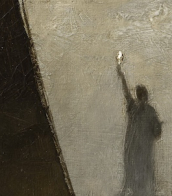

Franz Hegi was a Swiss painter and engraver.
The young artist Franz Hegi learned in Zurich the new technique of aquatint, which had just been invented, and successfully applied his skills.
Hegi created many engravings and aquatints for almanacs and books. His paintings of city panoramas, harbors and gates of Zurich are now a valuable source for the history of Switzerland in the late 18th and early 19th centuries.
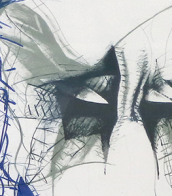

Franz Hegi was a Swiss painter and engraver.
The young artist Franz Hegi learned in Zurich the new technique of aquatint, which had just been invented, and successfully applied his skills.
Hegi created many engravings and aquatints for almanacs and books. His paintings of city panoramas, harbors and gates of Zurich are now a valuable source for the history of Switzerland in the late 18th and early 19th centuries.
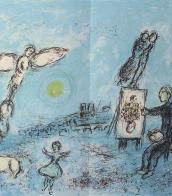
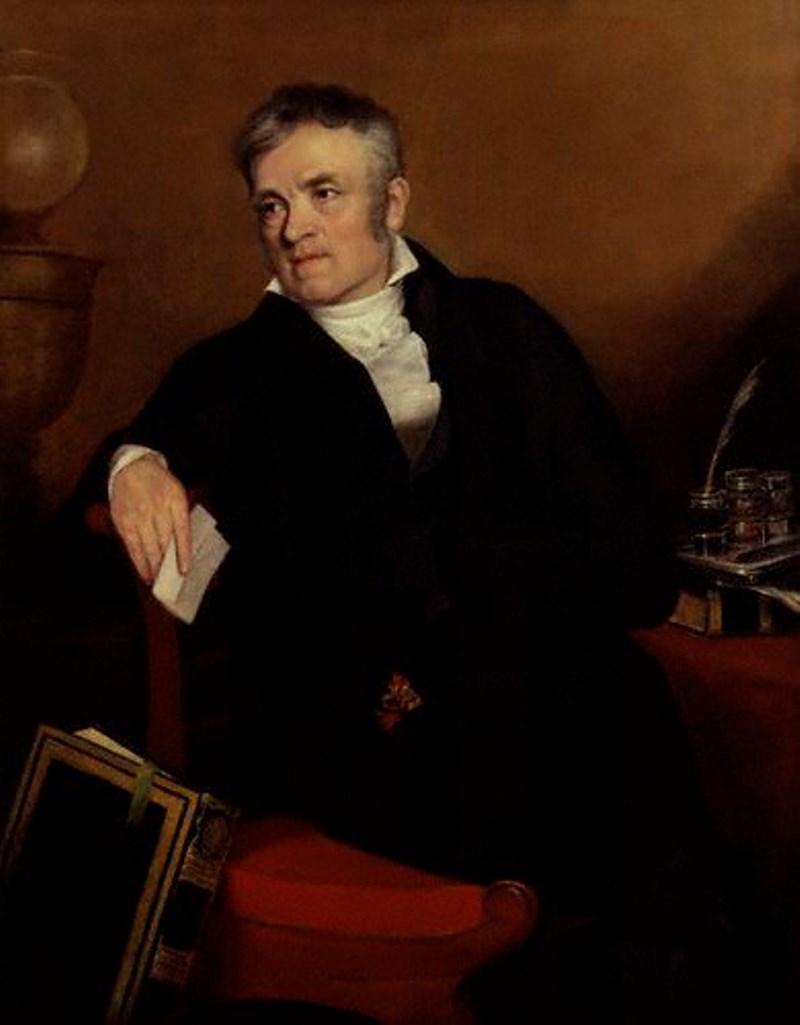
Rudolph Ackermann the Elder was a German and British inventor and publisher, founder of Ackermann & Co.
He was the son of a master saddler, learned the craft and in time achieved a high art in carriage making, designing carriages and coaches. In 1794 Ackermann opened a printing and picture store in London, which quickly became popular. The following year he opened a printing shop at 96 Strand - thus began the printing business of the Ackermann dynasty, which lasted for over two hundred years.
Between 1808 and 1810. Ackermann published the first of his sumptuous plate books, The Microcosm of London, with beautiful hand-colored aquatints. This work established his reputation as a book publisher, and he subsequently published many more elaborate illustrated books. Ackermann also gained widespread fame for the periodical he founded in 1809, the Repository of Art, Literature, Commerce, Manufactures, Fashion, and Politics. This popular journal, published monthly until 1828, contained articles and illustrations of various kinds, especially on fashion, social and literary news.
Ackermann's business flourished, and by the end of 1820 he had established offices in Central and South America. Continuators of the Ackermann dynasty were in the printing business until the end of the twentieth centur
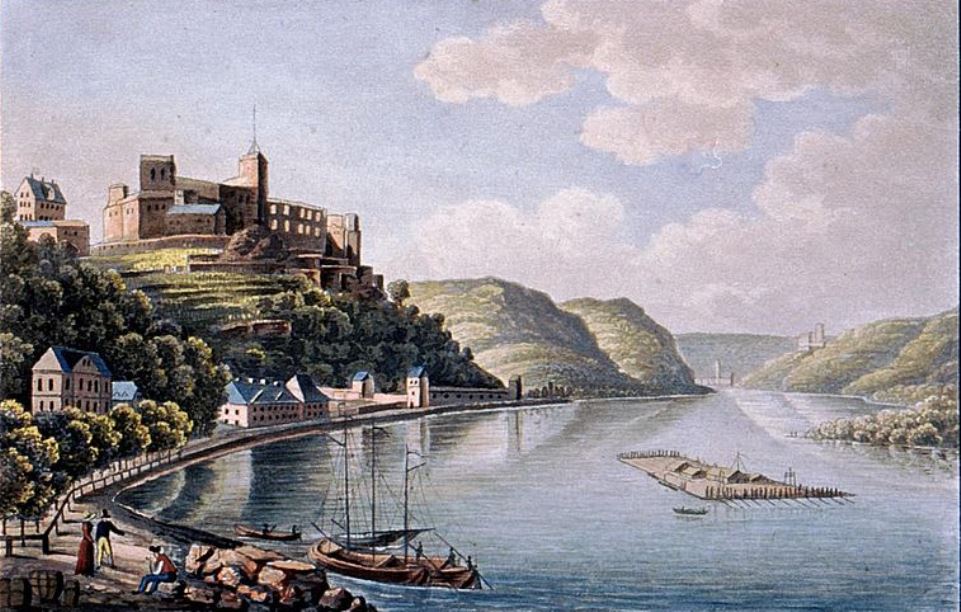
Rudolf Bodmer was a Swiss painter, draughtsman and engraver.
Rudolf was the older brother of the famous painter Johann Carl Bodmer (1809-1893), with whom he started his own business around 1825. They produced graphic prints especially for the Zurich publisher F. S. Füssli. Rudolf Bodmer became a skilled printmaker and produced a large number of aquatints of landscape and architectural views, particularly of castles and palaces in the Middle Rhine for a wide variety of publishers.
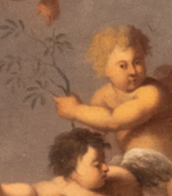
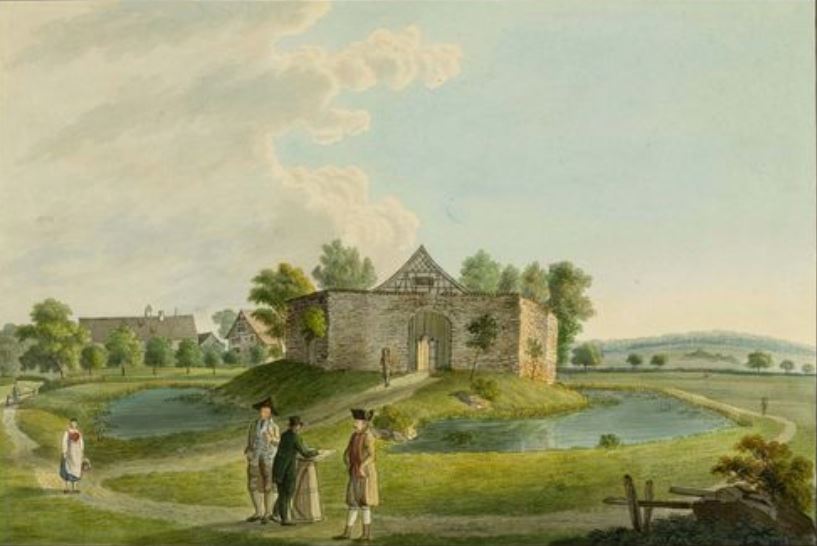
David Alois Schmid was a Swiss painter, draftsman and graphic artist.
David studied painting in Lucerne and at the Johann Heinrich Bleuler artists' colony in Feuertalen, in Zurich he worked on costume paintings. But he became known for his vedute paintings of landscapes and urban views of central and eastern Switzerland. Schmid also made watercolors.
Together with his brothers, the painters Franz Schmid (1796-1851) and Martin Schmid (1786-1842), he earned money by selling numerous gouaches and watercolor drawings of picturesque places in Switzerland to wealthy tourists. The engraver Franz Hegi (1774-1850) and others made engravings based on his paintings, many of which have survived to this day.
